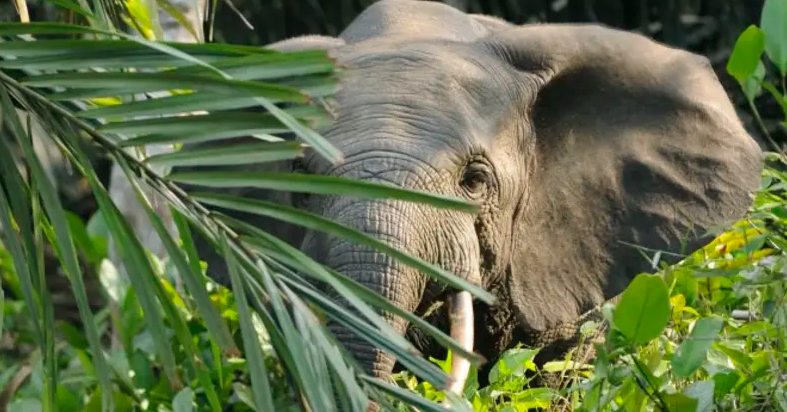Extinctions are preceded by progressive species population declines over time, which leave traces that can alert scientists to imminent extinction.

(photo credit: Wikimedia Commons)
Human destruction of global wildlife is occurring at an alarming rate, according to a new study published in the journal Biological Reviews last week.
Defaunation, defined as “the global-scale decline of animal biodiversity” is a disturbing consequence of human life on Earth, the authors of the peer-reviewed study posited.
Extinction has traditionally been tracked by the International Union for the Conservation of Nature’s (IUCN) Red List conservation categories.
IUCN Red List of Threatened Species
The IUCN Red List of Threatened Species was established in 1964 to be a widely-accessible and reliable indicator of the health of global biodiversity. Per the IUCN website, the Red List is used by government agencies, wildlife departments, conservation-driven nonprofits, educational organizations, students and businesses. It is also cited in peer-reviewed journal articles about wildlife conservation.
According to the IUCN, approximately one-quarter of the world’s animal species are under threat of extinction and about 1% have been declared extinct. However, the new study claims that the IUCN report does not show the full picture.

Extinctions are preceded by progressive species population declines over time, which leave traces – “demographic footprints” that can alert scientists to the possibility of imminent extinction, study authors claim. Thus, only using IUCN data without considering population trends may result in a gross underestimate of how many populations are going extinct.
Using population data from over 70,000 species of animals spanning all five vertebrate groups (mammals, birds, reptiles, amphibians, fish), study authors were able to demonstrate a large-scale erosion of species across the board.
Per the data, 48% of species examined are currently undergoing population decline, 49% are stable and 3% are increasing. It was also found that 33% of species defined by the Red List as “non-threatened” are actually in decline.
Source : https://www.jpost.com/environment-and-climate-change/article-744003









